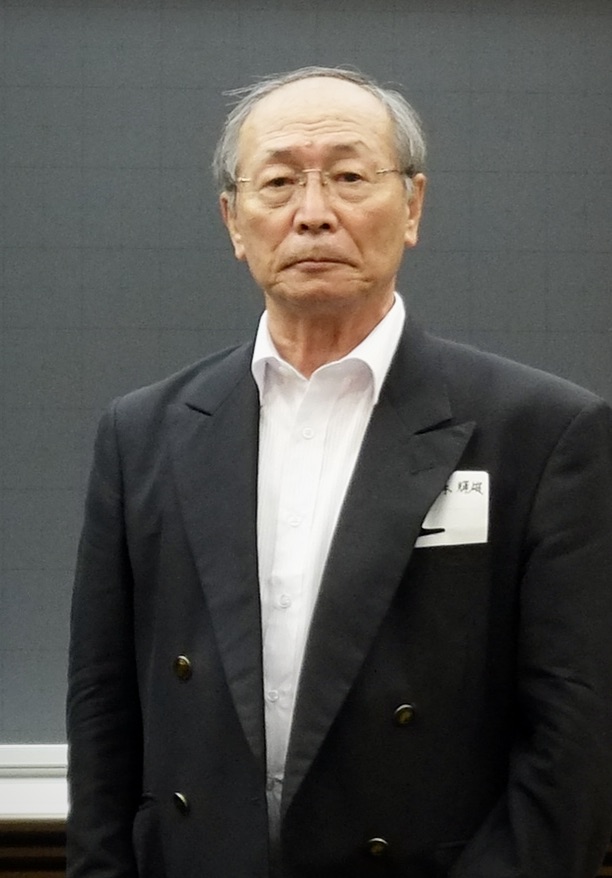56th Japanese Academy of Budo Conference Opening Address
Oboki Teruo
President, Japanese Academy of Budo
After the lifting of restrictions that were imposed due to the COVID-19 pandemic, this conference, held in person for the first time in four years, was jointly organized by the International Martial Arts and Combat Sports Scientific Society (IMACSSS) research group from Poland. I would like to extend my deep respect and gratitude to the committee members who have worked very hard in organizing this event, as well as their passion for budo. Additionally, I would also like to extend my thanks to Oota Yoriyasu-sensei from Osaka Kyoiku University for providing the venue, and to all the members of the Kansai branch of the Japanese Academy of Budo.
Looking back, a milestone event in the planning of this conference was the decision to include international perspectives in the 45th event held in 2012. As part of the main program, an international symposium titled “Perspectives on Budo – Global Trends” was held. This symposium featured discussions with panelists Kim Jeong-Haeng, president of the Korean Budo Society, W.J. Cynarski, president of IMACSSS, and Nakiri Fuminori, president of the Japanese Academy of Budo. This became the catalyst for holding international conferences, and as a result, the 46th conference, held the following year, and the 50th conference hosted the 2nd and 3rd international symposiums. The 4th international symposium was planned for the 55th conference, but due to the COVID-19 pandemic, it was postponed and will instead be held in this year’s conference.
In this conference, there will be a special lecture titled “Current Situation and Trends in European Martial Arts Research” by IMACSSS President W.J. Cynarski. Additionally, as part of the main program, a symposium titled “Diversity and Budo” will be held. The concept of this symposium started after the 51st conference, during which the theme was “Lifelong Budo”. This served as a starting point to shift attention to various themes, such as “Women in Budo”, and to promote inclusivity and diversity in budo. Various discussions regarding diversity and budo are anticipated at this conference. In addition to the usual three presentation categories (humanities, natural sciences, and budo instruction), there will be an international session conducted in an on-demand format.
Over the past few years, the COVID-19 pandemic has imposed restrictions on in-person interactions. Despite facing certain inconveniences, we have utilized IT technology to establish new connections between individuals, clarifying what can be done remotely and what necessitates face-to-face interactions. These are circumstances that have been experienced by many people around the world. The COVID-19 pandemic inadvertently prompted a reevaluation of the significance of face-to-face interactions in our everyday lives. Just as one becomes aware of the value of one’s health only after falling ill, we have now started to focus our attention on face-to-face interactions, which were previously taken for granted and not given much thought. In such circumstances, I have come to believe that the often-unquestioned aspect of face-to-face interaction, which I took for granted, could potentially become a key to understanding budo culture. Moreover, the manner of face-to-face interaction, which is fundamental to budo, involves resolute engagement with an opponent without breaking eye contact with them. This could be deemed impolite in the context of everyday life in which etiquette and manners are important. How should this be perceived and interpreted? In an uncertain future and a world in which diversity is the norm, could it be that the world of budo has intricately demonstrated a form of face-to-face interaction that transcends race, gender, and age? I have been giving this much thought.
It is my sincere hope that at this conference, participants will be able to exchange their thoughts and ideas in a serious face-to-face setting.
